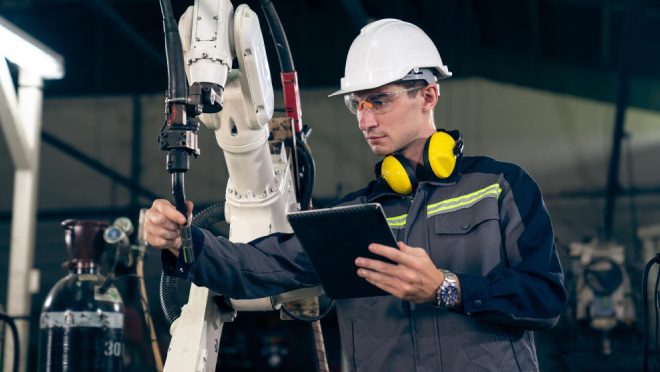The oil and gas industry is embarking on a digital transformation powered by advanced technologies like machine learning and artificial intelligence (AI). These innovations are revolutionizing exploration, drilling, production, and distribution – helping oil and gas companies work smarter, faster, and more efficiently. Adopting these advanced tools is critical for firms to remain competitive now and into the future.
Leveraging Data and Analytics
A key application of machine learning in oil and gas is using big data analytics to uncover deeper insights from vast troves of information. Machine learning algorithms can detect patterns and make predictions from technical subsurface data, seismic surveys, production logs, equipment sensor data, and more that would be impossible for humans alone.


By leveraging predictive analytics, companies can identify new drilling locations, reduce equipment downtime, optimize supply chains, and reduce operational risks.
Improving Operational Efficiency
In addition to boosting production, machine learning and AI can generate major cost savings by enhancing operational efficiency throughout oil and gas operations. Algorithms can coordinate autonomous drone inspections, schedule predictive maintenance to minimize downtime events, automate certain administrative tasks, and optimize supply chain flows.
With improved efficiency, oil and gas companies can significantly cut costs while still meeting production targets. The resulting boost in margins and competitiveness preserves oil and gas jobs even during industry downturns.
Enhancing Health, Safety and Environmental Performance
Leveraging the predictive capabilities of machine learning algorithms allows oil and gas firms to improve monitoring and management of health, safety, and environmental risks. AI-powered sensor networks provide real-time equipment and facility monitoring to catch potential hazards before they lead to accidents. Machine learning programs can also optimize emissions rates and help firms track, report, and reduce their overall environmental footprint. Investing in these capabilities leads to safer, more sustainable operations.
Overcoming Industry Workforce Challenges
Skill gaps and an aging workforce are creating growing talent challenges in the oil industry. Machine learning and automation provide ways to stretch limited human resources further. AI chatbots, for example, can handle certain repetitive tasks in customer service and HR management.


Augmented reality systems guide less experienced technicians through complex equipment repairs and maintenance. While technology will augment human jobs, it will not replace them, meaning job vacancies will continue in this field. In fact, demand is growing for data scientists, AI specialists, and analytics translators to leverage these emerging tools.
Getting Started on the Digital Journey
Transitioning to data-driven operations powered by machine learning requires long-term vision and commitment. While the upfront investment is significant, the long-term dividends in efficiency, performance, and competitiveness outweigh the costs. Industry leaders recommend starting small with pilot projects and then scaling successes across operations. Strategic partnerships with specialized AI firms can help oil and gas companies fast-track capability building. Planting these seeds today will grow into a thriving digital ecosystem bearing returns for years to come.
The future for the oil and gas industry lies in a smart technology foundation that supports safer, leaner, and more sustainable operations. With machine learning and AI unlocking higher performance and efficiency gains, companies that leverage these innovations will lead the next era of energy development. The digital race is on – and future competitiveness depends on how quickly firms can catalyze their data and technology revolutions.




